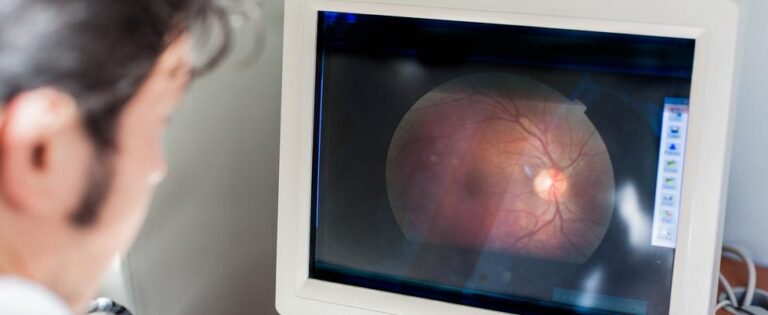European scientists have reproduced the sensation of sight in blind mice by inserting light-reactive molecules into their optical nerve cells, and are now developing this treatment for use in humans.
Researchers have engineered a virus that inserts extra genes into conventional nerve cells to make them become light sensitive. Image: Shutterstock/Dario Lo Presti
EU-funded researchers Dr Deniz Dalkara and Dr Jens Duebel at the Vision Institute in Paris, France, have designed a way of adding genes into a mouse’s eye so that it responds to light independently of the natural mechinisms of the retina, the part of the eye concerned with light response.
They have done this by using a light-sensitive molecule found in single-celled algae, which normally helps the algae swim towards light.
The potential of this molecule to activate neurons in other species has been under investigation for years. The Vision Institute researchers have now found a way of capitalising on this, by using a virus to transport the algae-based molecule into the mouse’s optical nerve cells.
‘Viruses have mastered the art of getting inside nuclei and rewriting DNA over millions of years,’ said Dr Dalkara. ‘By incorporating therapeutic genes within them, we are trying to smuggle the treatment inside the cells of our body.’
‘Viruses have mastered the art of getting inside nuclei and rewriting DNA over millions of years.’
Gene therapy
The research is part of the emerging field of gene therapy, which involves correcting the DNA in a patient’s cells. Gene therapy is also being tested as a way to treat diseases like leukaemia and Parkinson’s disease.
The trick that Dr Dalkara’s group used takes a slightly different approach from previous gene therapies because their virus does not fix damaged DNA. Instead, it introduces extra genes into conventional nerve cells to make them become light sensitive.
Dr Dalkara packed photosensitive genes into the virus and injected them into the back of the eye where, instead of healing retinal cells, they made the last functioning neural endings of the retina sensitive to light.
The researchers chose a virus called AAV to carry the molecule as it thrives in many environments but doesn’t cause any disease. AAV has previously been used to deliver genes to the retinal cells of mice and has also been used in human trials to treat patients with some hereditary eye diseases.
Dr Dalkara and Dr Duebel were able to demonstrate that the photosensitised nerve cells provide some form of vision, as treated mice run away from flashes, while their blind siblings do not.
Restoring functions
Dr Dalkara’s viruses only affect designated cells and the genes they carry cannot be passed on to future generations. She describes the technique less as a tool to tinker with DNA than an opportunity to restore missing functions in highly debilitating conditions.
Dr Duebel, whose work has been funded by the EU under the OPTOGENRET project, and Dr Dalkara are now aiming to develop the treatment further so it can be used to restore sight in blind patients. They are in the last stages of refining the virus before beginning human trials.
The team is currently investigating how the retina interprets the light signals from the enhanced nerve cells and what level of vision could be expected were the therapy to be carried out in human patients.
They are also exploring how to maximise its effects. One promising option is to combine the treatment with a wearable camera to amplify light signals.

